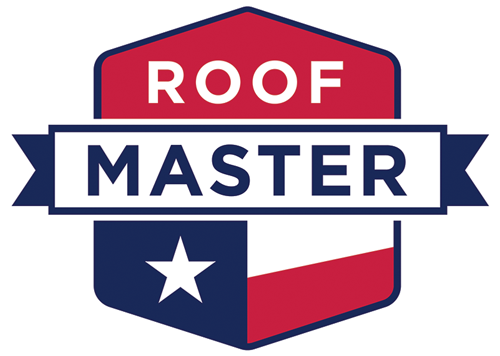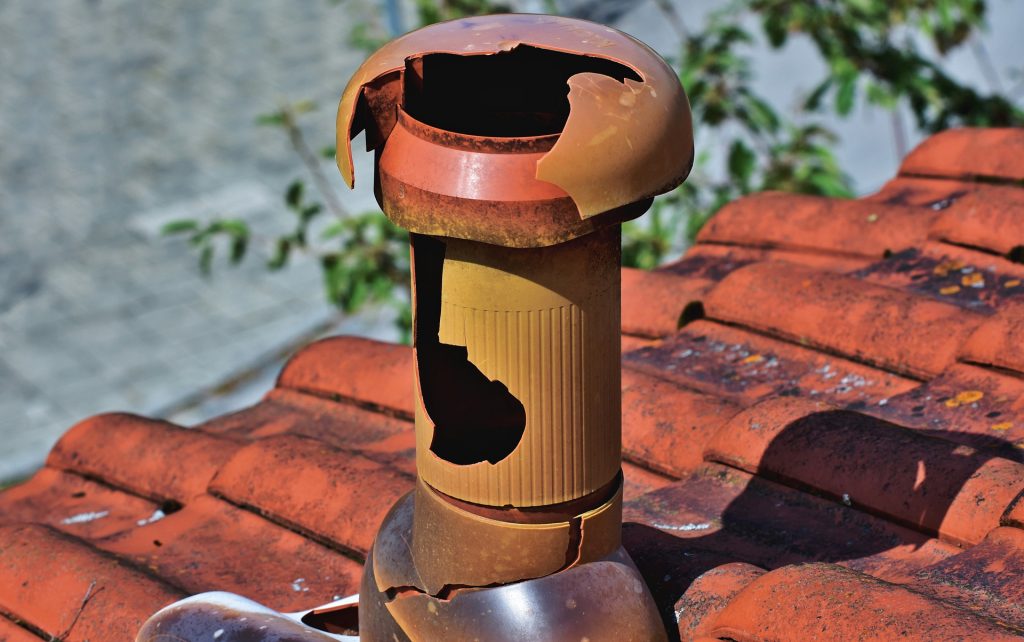After a roof hail damage, homeowners need to do the necessary repairs to avoid further complications. Large hail and gusty winds rip through Texas on often, which makes hail damage one of the most common and expensive home insurance claims.
When you reside in a prone to hailstones region, it’s essential to understand the most reliable ways to restore a hail-damaged roof. Such strategies will help you perform the necessary repairs before filing an insurance claim. So how can you restore the roof?
Well, this guide explores the strategies to restore your roof’s functionality and structural integrity after hail damage. You’ll also learn the signs of hail damages on the roof.
Let’s get started!
How to Restore a Hail Damaged Roof
Damages after hailstorms can create dents on your roof, gutters, siding, which can be costly to repair. It can even be more expensive if you fail to get the roof fixed right after the storm. And like any other homeowner, you wouldn’t want that to happen for you.
No matter how prepared you are to tackle hailstorms, the damages are inevitable. It’s a natural phenomenon. That is why you need to know all the tips on how to restore hail-damaged roofs. So, what is the best thing to do for your house after hail damage?
Here is what to do following hailstorm damage on your house.
- Inspect Your House for Signs of Hail Damage
Immediately after a hailstorm, inspect your house right from the ground up to the roof. It is most likely that the concrete foundation will be in good shape. However, the roof and siding are the most vulnerable to heavy hailstorms, so you should focus on these areas.
During the inspection, you should also check the outdoor conditioning unit as they are also susceptible to hail damages. You should also check if there are damages to the doors, windows, and window sills. That will help you handle the damages all at once.
Once you are through with the house siding, head up to the gutters, downspouts, and fascia to check if there are damages. If you have a ladder, climb to the roof and assess the condition of the roofing materials. However, some roof damages are hard to spot.
- Check for the Signs of Roof Damages by Hailstorm
While it may be easy to spot some roof damages from the ground, your depiction won’t be accurate. So, you have to climb to the rooftop to get a clear picture of the damages.
If you happen to have your car parked outside during the hailstorm, you can inspect it for damages. If the storm left dings or dents on the car, the chances are high that your roof is also damaged. You can look for the other signs that your roof is damaged.
Here are some other signs that could indicate hail damages on your roof.
- Dented Gutters and Downspouts: Check if there are dents and dings on the gutters and downspouts. In the event of a hailstorm, hailstones usually leave small dents on metal gutters and downspouts.
- Damaged Mailbox: If there’s a mailbox next to your house, check if there are damages. If it looks dented or cracked, that could signify that the roof is in bad shape. Look for dents in metal mailboxes and holes or cracks in plastic ones.
- Blown Off Shingles: Check if loose or broken bits of shingles have fallen off around your house or in your yard. If you find shingles in the yard, it could be a sign that the roof is damaged. High winds often accompany hailstorms.
- Granules in Gutters: Hail damages on the roof can cause the granules to break loose from the spot of hailstone impact and then collect in the gutter. Know that your roof is damaged when you see some granules in your gutter.
- Dented Roof Vents: Most roof vents are usually made of lightweight metals that can easily dent when hit by heavy solid objects. Check if there are dents in metal vents or cracks on plastic vents. If so, the chances are that your roof is damaged.
Pro Tip: Inspecting the roof by yourself can be hazardous, calling for safety. We advise you not to climb the roof unless you have safety gear and basic roofing experience.
- Check for Leaks in the Roof Interior
If the hailstorm causes extensive damages to the roof, leaks may occur. That’s why it’s essential to inspect the roof interior for leaks immediately after the storm. Such leaks usually occur around the skylights or other roofing elements.
Water may also enter your house during a hailstorm when the seals around your window get damaged. If not shattered, the window panes can also crack, allowing the rains accompanied by the hailstorm to enter the house.
- Hire a Reliable Roofing Contractor to Fix the Damages
After inspecting the condition of your roof and the entire house after a hailstorm, you need to seek a professional opinion from a reputable roofing contractor. It’s the best way to be sure that your roof needs hail damage repairs.
The roofing expert will inspect the roof and identify all the hidden damages. That will also save you from climbing onto the rooftop, a move that can be very risky. To obtain better inspection results, work with Roof Master to help you get the job done properly.
- Notify Your Insurance Company about the Damages
A heavy hailstorm can cause severe roof damages, which can be costly to repair. To offset the roof repair costs, ask your insurance firm to help you cover part of the costs. File a claim with the insurance company and ensure that they cover the roofing project.
Final Words
If you’ve experienced hailstorm roof damage, you should get a professional roofer to inspect your roof as soon as possible. Hailstorms can cause hidden damages, which can cause leaks, water damages, and mold growth in the future. So don’t take the risk. Contact us now for quality roof inspection services and repair cost estimates.



